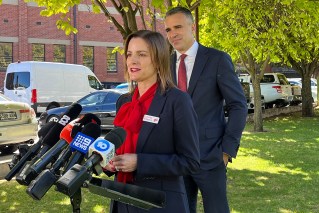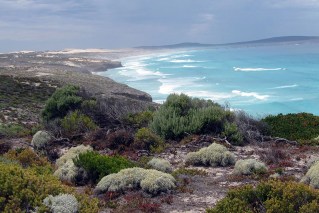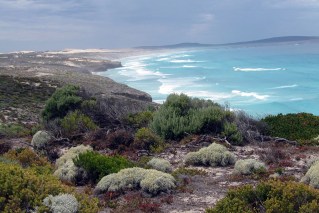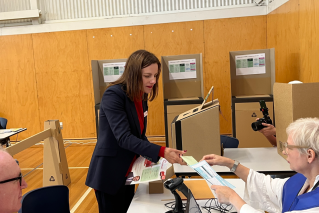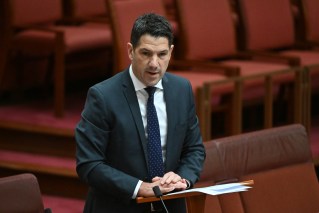Coal on the way out of South Australia
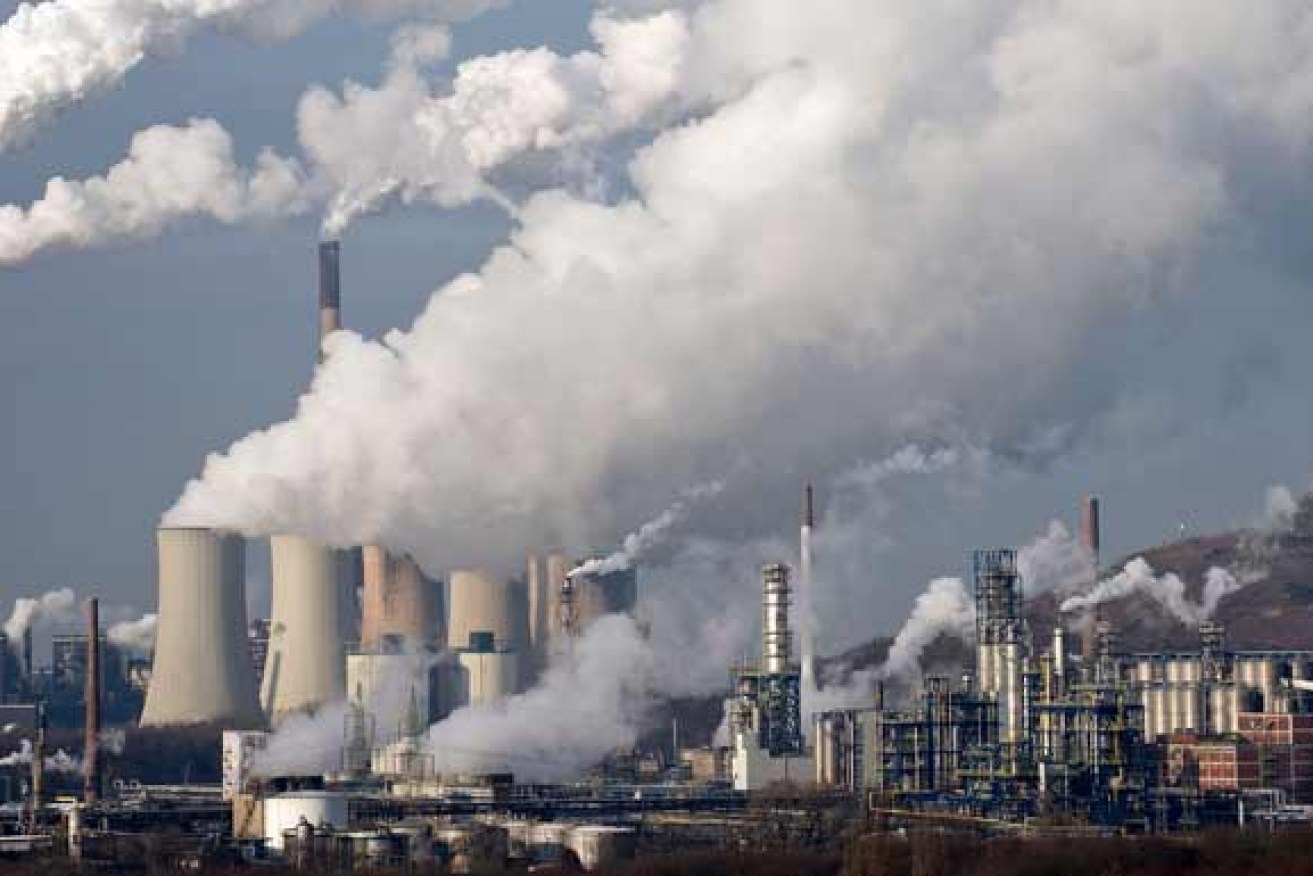
AAP
Prime Minister Tony Abbott says coal is good for humanity, but in South Australia it seems the black stuff is no longer good for anything.
On Thursday, Alinta Energy announced the Northern and Playford B power stations in Port Augusta and Leigh Creek coal mine will be shut down by March 2018 at the latest, and possibly as soon as next year.
Over 400 jobs in northern South Australia will be lost in what is a dramatic about-face for the company, which less than two months ago assured Port Augusta Council the ageing coal energy infrastructure would remain in operation until 2030.
• SA jobs lost as mine, power stations close
• Three injured in SA power station explosion
• How big coal is plotting to win your heart
• ‘They’re awful’: Abbott’s wind farm confession

Coal is good, wind power is ‘awful’ said Tony Abbott. Photo: AAP
Alinta Energy CEO Jeff Dimery said the company had no choice but to shut the power plants down after losing $100m over the past four years.
Even with the Federal Government axing the carbon tax, removing clean energy grants and cutting the Renewable Energy Target, Alinta Energy’s coal operation could no longer compete.
Just as video killed the radio star, a combination of wind and solar uptake alongside improved energy efficiency and lower industrial demand have together conspired to snuff out the state’s coal sector.
Already facing a challenging energy future with the announcement last year that AGL’s Torrens Island A-station gas facility would be mothballed in 2017, South Australia is going to have to find out if it can live without coal years earlier than anticipated.
According to the Australian Energy Market Operator’s 2015 South Australian Fuel and Technology Report, coal provided 17 per cent of the state’s electricity generation over the 2013-14 financial year.
Natural gas shouldered the brunt of the burden with 44 per cent of the total, but it is wind and solar sectors that are on the up.

The sun sets on this coal power station. Photo Getty
While gas contributed less of the state’s overall power needs than in 2009-10, wind power jumped from 17.3 per cent of the total to 33 per cent, while solar’s slice of the energy pie shot up from 0.2 per cent to six per cent.
According to Pitt & Sherry energy policy consultant Hugh Saddler, the state will cope fine without coal-fired power plants, and in fact has been doing exactly that over the past few days after an explosion at the Northern power station on Sunday took the facility temporarily out of action.
Alinta Energy’s other coal plant in Port Augusta, Playford B, has in recent years only operated in summer during peak demand periods.
Dr Saddler told The New Daily the state’s power supply had not been interrupted during the Port Augusta shutdown, although power prices jumped on Wednesday afternoon when the wind dropped.
“There is plenty of unused capacity when the wind’s blowing – the challenge is when the wind is not blowing,” he said.
Dr Saddler said several planned wind farm projects and a greater uptake in solar could help address future shortfalls.
He singled out Repower Port Augusta’s campaign for a solar thermal tower to replace the town’s coal-fired plants, not just as a measure to make up the electricity shortfall, but also to offset the job losses created by the loss of the coal plants.

Community leaders back the solar-thermal proposal for Port Augusta.
A study released in April by Alinta Energy indicated that at current prices solar thermal would be economically unviable as a replacement for the coal-fired facilities, prompting Repower Port Augusta spokesperson Lisa Lumsden to call for the state government to take up the funding shortfall.
Nuclear power is another option being considered, with South Australia currently undertaking a Royal Commission into Nuclear Fuel.
New coal projects proposed for Kingston and Arckaringa have both stalled, with the latter losing its Chinese backer last year.
Even if any of these coal, solar thermal or nuclear proposals win the necessary community, business and government backing, none look likely to be ready for action by 2018 in any case.
According to Dr Saddler, this doesn’t mean South Australians should start buying candles in preparation for waves of blackouts, however.
He said an in-progress upgrade to the Heywood interconnector, set for completion in 2016, would allow for increased importation of power from coal-dependent Victoria if there are significant shortfalls, meaning South Australia would continue to use the fossil fuel indirectly in times of need.
The state might be leading the way in weaning itself off coal, but after more than a century of dependence it is a hard thing to go cold turkey, after all.


